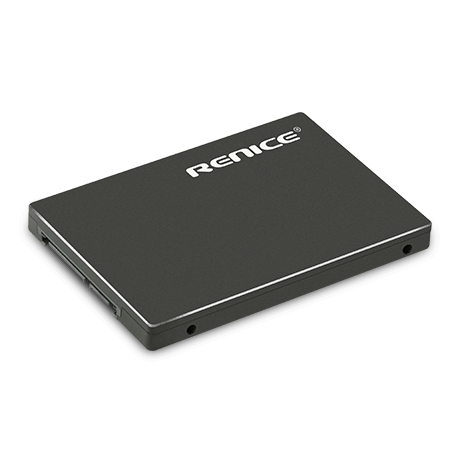Renice® SSDs
Renice® Solutions
Renice develops and manufactures extreme performance, high reliability SSD products for various industries.

Flash-based Storage Solutions
-
Independent research and development Controller, enables highest reliability and data security with functions
-
Powerful ECC capability and exclusive Non-Balance Wear Leveling TechnologyTM, extended lifespan
-
Unique No TRIM-Full Speed technology ensures Renice SSDs maintain stable performance.
-
Customized functions like Physical destruction, Logical destruction, AES encryption can meet
-
The industrial grade materials and strict production process ensure low defects and extended
Rugged Computer Solutions
-
High reliability and diversified interface, suitable for compatible industrial computers and computing center
-
High-performance computing and high speed real-time bus
-
Support Air cool and Conductive cool
-
Extend Operating Temperature: -40°C~+55°C
-
Blockchain Solutions – IPFS Database Server Center


Renice® Brand
-

12+ Years
Rich experience in independent research and development and manufacturing
-

20+ Industries
Delivered superior solutions for more than 20 industries
-

5000+ Customers
Served over 5,000 customers worldwide
-

2000W+ Shipments
Products shipments exceed 20 Million all over the world
-

1PPM+ Defective Rate
High strict quality control and constantly keep 1PPM
Renice® News Center
- Renice Product NewsMore
-

Remarkable breakthrough of MRD code technology brings highlight for information security
March 4, 2024
-
February 15
2023
Take A Tour Of Renice's New Office
-
October 20
2022
Learn More About Renice's History
-
July 4
2019
CCTV Column Conducted An Interview And Filed Filming Of Renice
-
July 3
2019
Renice BMC Intelligent Health Management Software Will Be Launched
- Storage Industry KnowledgeMore
-

Ultra High Speed CFexpress Card Type B for Digital Cameras
February 6, 2023
-
November 23
2022
Detail the S.M.A.R.T of SSD
-
November 10
2022
Root Cause Analysis & Test for NAND Flash Bit Error
-
November 7
2022
Renice Launches Ultra-High-Speed CFast 2.0 Memory Cards
-
November 3
2022
What happens when Industrial SSD encounters Rail Transit
Enterprise of China SSD National Standard Formulation
China National High-tech Enterprise
Designated Supplier of Wold Well-known Airline












